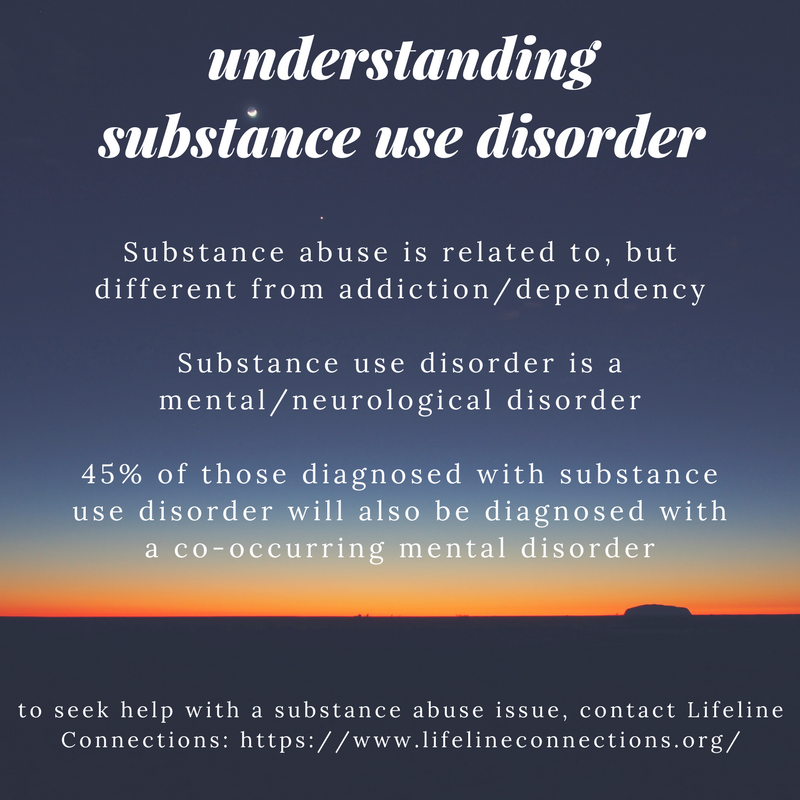
Understanding Substance Use Disorder
Substance Use Disorders occur when the continued use of drugs or alcohol causes major disruptions in an individual’s life, such as health problems, and struggles with family or work. 29.5 million people across the world suffered from a substance use disorder in 2017. Of the 18% of Americans that experienced a mental disorder in the past year, almost half of the individuals (20.2 million adults) struggled with a substance use disorder. Whether you are struggling with substance use disorder yourself, or know someone who is, spreading awareness and understanding of what it is and how to help is important, so that those who need help can be identified and supported.
Understanding the Aspects of Substance Use Disorder
The most recent DSM-5, for diagnosing mental disorders, classifies substance use disorder into four different groups based on control impairment, social impairment, risk, and symptoms of tolerance and withdrawal. Drug abuse occurs whenever an illicit or prescription drug is used improperly. Improper use could be defined as using it to alter your state of mind for pleasure, decreasing stress or taking medication more frequently than prescribed. Addiction or dependency, on the other hand, develops when the individual becomes focused on the drug and has decreased impulse control. This eventually starts interfering with the life of the individual through a variety of health, behavioral, or social issues.
Mechanism of Substance Use Disorder
Substance Use Disorder is considered a mental, neurological based disorder due to the adverse effects and changes that drugs can have on brain development and function. Most drugs function in the reward centers of the brain, usually by triggering neurotransmitters like dopamine or serotonin. Prolonged usage can cause the development of tolerance due to receptors in the brain becoming adjusted to the same doses. Individuals who start misusing drugs at ages earlier than mid-20s have a higher chance of developing a substance use disorder later in life, since the brain is still developing into an individual’s 20s.
Co-occurrence with other mental disorders.
Substance use disorder often co-occur with other mental disorders, as well. Those who abuse substances have a higher chance of developing a mental disorder and vice versa. For example, 45% of those looking to be treated for substance use disorder in the past year were diagnosed with a co-existing mental disorder. It is important to be screened for any co-occurring disorders to speed up recovery. The best treatment for co-occurring disorders in this case are integrated treatments that address both conditions.
If you know someone who is struggling with a substance use disorder, it is important to inform yourself and support them through the difficult process of recovery, potential relapse, and treatment. Addiction can be a long-term condition for many, but it is possible to recover. Ways to help those who are face this disease are have set, unchanging expectations and boundaries, encouraging treatment, communication and speaking positively.
If you are struggling with substance use disorder or know someone who might be struggling, please feel free to contact the professional team at Lifeline Connections for help!
Substance use disorder can be treated. Visit Lifelineconnections.org or call 360.397.8246 for more information.
